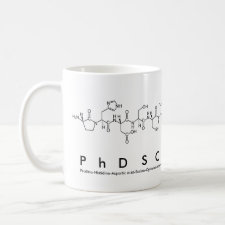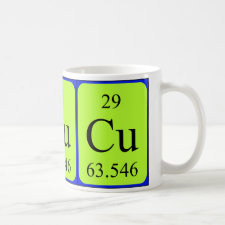
Authors: Yilmaz V, Arslan Z, Hazer O, Yilmaz H
Article Title: Selective solid phase extraction of copper using a new Cu(II)-imprinted polymer and determination by inductively coupled plasma optical emission spectroscopy (ICP-OES).
Publication date: 2014
Journal: Microchemical Journal
Volume: 114
Page numbers: 65-72.
DOI: 10.1016/j.microc.2013.12.002
Alternative URL: http://www.sciencedirect.com/science/article/pii/S0026265X1300252X
Abstract: This work reports the preparation of a novel Cu(II)-ion imprinted polymer using 2-thiozylmethacrylamide (TMA) for on-line preconcentration of Cu(II) prior to its determination by inductively coupled optical emission spectroscopy (ICP-OES). Cu(II)-TMA monomer (complex) was synthesized and copolymerized via bulk polymerization method in the presence of ethyleneglycoldimethacrylate cross-linker. The resulting polymer was washed with 5% (v/v) HNO3 to remove Cu(II) ions and then with water until a neutral pH. The ion imprinted polymer was characterized by FT-IR and scanning electron microscopy. The experimental conditions were optimized for on-line preconcentration of Cu(II) using a minicolumn of ion imprinted polymer (IIP). Quantitative retention was achieved between pH 5.0 and 6.0, whereas the recoveries for the non-imprinted polymer (NIP) were about 61%. The IIP showed about 30 times higher selectivity to Cu(II) in comparison to NIP. The IIP also exhibited excellent selectivity for Cu(II) against the competing transition and heavy metal ions, including Cd, Co, Cr, Fe, Mn, Ni, Pb and Zn. Computational calculations revealed that the selectivity of IIP was mediated by the stability of Cu(II)-TMA complex which was far more stable than those of Co(II), Ni(II) and Zn(II) that have similar charge and ionic radii to Cu(II). A volume of 10 mL sample solution was loaded onto the column at 4.0 mL min-1 by using a sequential injection system (FIALab 3200) followed by elution with 1.0 mL of 2% (v/v) HNO3. The relative standard deviation (RSD) and limit of detection (LOD, 3 s) of the method were 3.2% and 0.4 μg L-1, respectively. The method was successfully applied to determination of Cu(II) in fish otoliths (CRM 22), bone ash (SRM 1400) and coastal seawater and estuarine water samples
Template and target information: copper ion, Cu(II)
Author keywords: Cu(II)-imprinted polymer, solid phase extraction, seawater, Bone ash, Fish otolith, Inductively coupled optical emission spectroscopy



Join the Society for Molecular Imprinting

New items RSS feed
Sign-up for e-mail updates:
Choose between receiving an occasional newsletter or more frequent e-mail alerts.
Click here to go to the sign-up page.
Is your name elemental or peptidic? Enter your name and find out by clicking either of the buttons below!
Other products you may like:
 MIPdatabase
MIPdatabase









